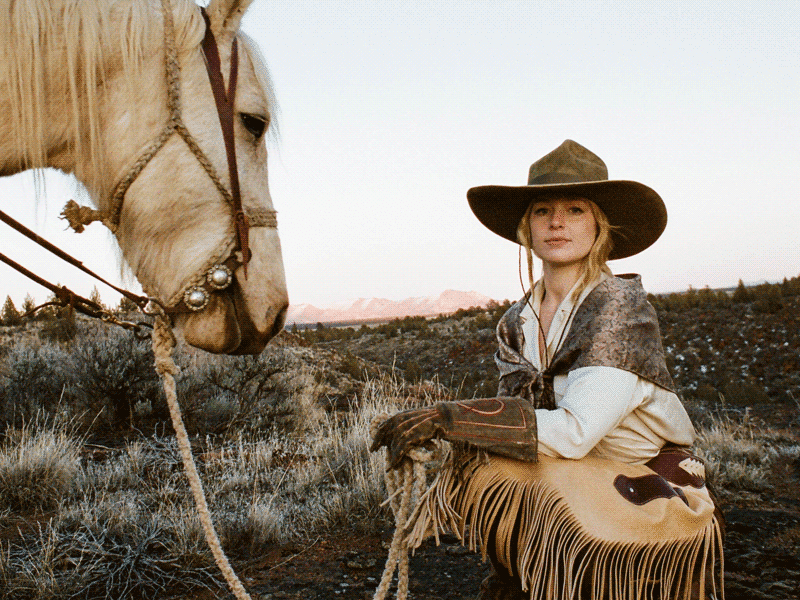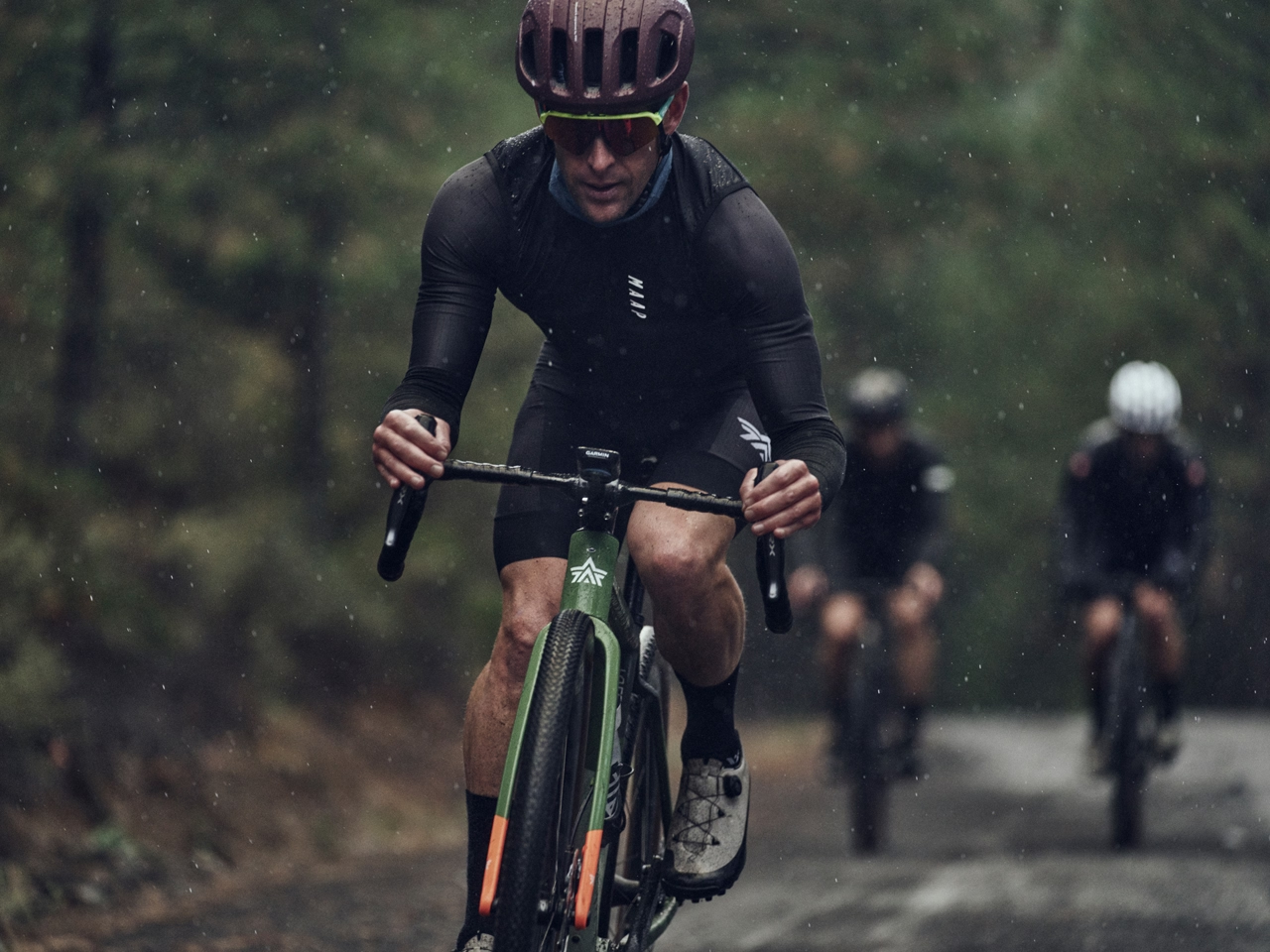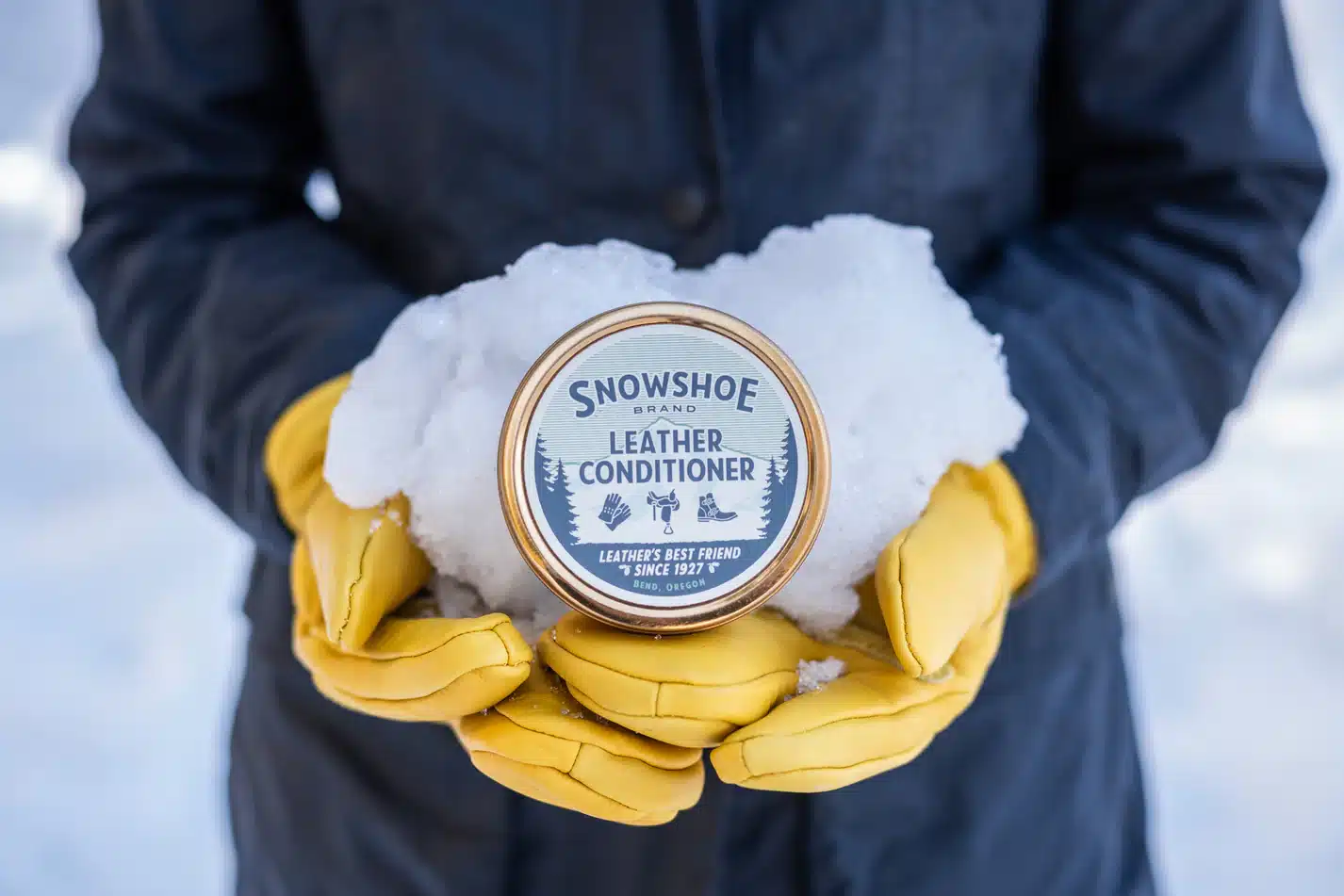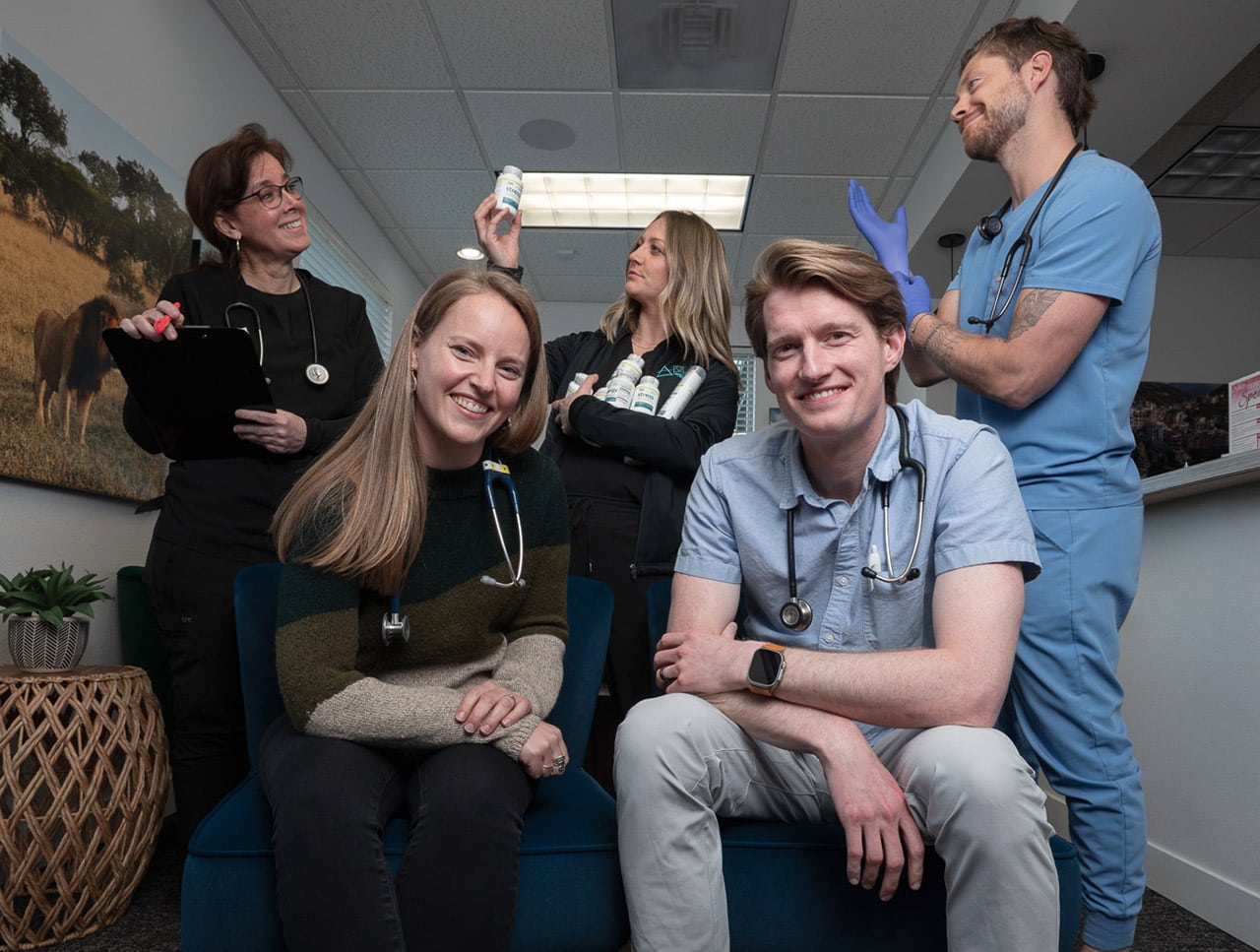Cate Havstad-Casad hopes to start a revolution. While managing 360-acres from the Madras farm she runs with her husband Chris, Havstad founded Range Revolution. She refers to it as the “world’s first regenerative leather luggage and handbag company,” using traceable and regenerative hides to create its designs. Recipient of the Early Stage Award at the 2022 Bend Venture Conference, Havstad spends roughly 70% of her time running Range Revolution while also helping manage Casad Family Farms and creating custom designs for Havstad Hat Company, plus being mother to 19-month-old son Hesston. Here, she tells Bend Magazine more about how design and responsibility don’t have to be mutually exclusive.
What is a range revolution?
The wordplay is for me to conjure a thought process about how we consider rangelands and the people who steward them. Rangelands sometimes get forgotten or left out of the picture when we talk about different ecosystems, but they hold a large percentage of the world’s remaining biodiversity, and they hold the potential to sequester more carbon than even rainforests. Rangelands make up more than 54% of earth’s land mass, these are important ecosystems that are in trouble right now. It’s an important and critical time to shine a lens on them and build supply chains that support their regeneration.
So how did your company Range Revolution begin?
Originally I sought to create a luggage piece for Havstad Hat Company, and I wanted to find leathers that aligned with how I live the rest of my life. I wanted them to be local, to be sustainably raised and from this ecoregion. As soon as I started looking, I realized that a supply chain didn’t exist. All of the hides from mid-sized processors in Oregon are thrown in the trash. Taking it a step further, from my research, I learned more than 5 million hides are thrown in the trash just in the United States. Most leathers that are part of our fashion supply chain can be traced to Brazil and to the deforestation of the rainforests. That’s where things started in 2020, and it has been a journey to rebuild this regenerative, regional leather supply chain for Range Revolution.
People have become more aware of supply chains. Can you explain that part of your business?
What’s unique about our supply chain is that all our leathers have a provenance journey. It means we can trace them back to the ranch that they came from. The ranchers we work with go through Ecological Outcome Monitoring which shows with data that these ranchers are improving the ecosystems they manage. People are just starting to understand what regenerative agriculture means and how cattle play into that system. Range Revolution is uplifting those stories and working to create a value-added marketplace for the raw goods coming from those ranches.
So what does regenerative agriculture mean?
Regenerative agriculture refers to any sort of management practice that improves the ecological outcomes on the land. That usually means you’ve increased soil organic matter, increased diversity in the landscape and now those soils are healthy and more functional, allowing more water to be infiltrated and held. These lands regenerate, sequester more carbon, hold more water and preserve biodiversity.
Especially in the area of luxury goods, do you sense that understanding where goods originate matters more these days?
The luxury world has always revered beautiful high-quality leathers but the ecological impact of those materials has not been in focus until very recently. Now, the fashion world is waking up to a level of accountability. The demand for regenerative hides is outpacing the supply. It’s a good place to be if you are ahead of it, so the work I started three years ago to secure relationships to procure leather was important. The hoarding worked out!
What is your long-term vision for Range Revolution to invoke change in the fashion industry?
I want to focus my energy on showing people what transparency, traceability and regenerative sourcing look like, because it’s doable. We have just gotten used to a different and extractive way. My vision is that in the next five years, 100% of our supply chain will be sourced from our ecoregion. We’re building the relationships, aggregation and an economic model to do that. It’s important to build the blueprints and create relationships to find partners who are able to think at a larger scale, both from a business standpoint and from a humanity standpoint.
Let’s not forget how beautiful Range Revolution designs are.
All of our bags have a heritage look and a timelessness to their design. Some styles are unisex, some more feminine and some more masculine. They’re about letting the natural fiber shine. We’re not hiding the marks that show this is leather. Great design communicates ethos in the most subtle ways. How a certain item makes you feel when you wear it, if you understand the story of the fibers and have a connection to this item, it can make you think about everything around you and about how something is intentionally created. That’s my goal in design. I think revolutions can be beautiful and design can be a force for good.
See rangerevolution.com.





